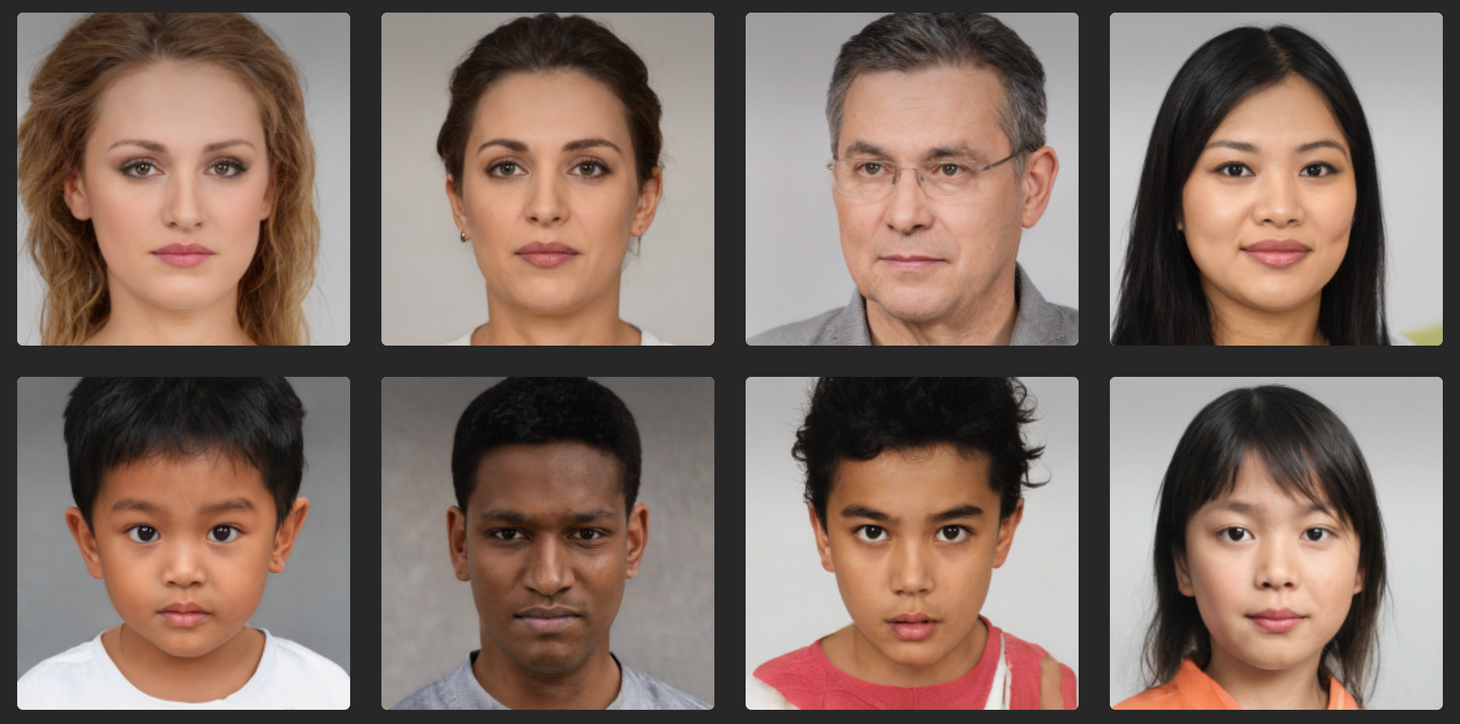Brute-force Creativity
Testing random ideas is a robot's way of being creative. And it can do so faster than any human.

Machines are getting better at doing all sorts of things. But we still assume that some things can only be done by humans. As the Harvard Business Review tells us, "The Future of Human Work Is Imagination, Creativity, and Strategy".
We expect the machines to focus on the boring stuff while humans come up with new ideas. This vision of the future is sinister enough. It implies that creative people will thrive, but many jobs that depend on simply following a process will be eliminated. As the tide of automation hits the shore, we see creativity and empathy as higher ground(s) that humans can run towards.
But what if there is nowhere to run?
Machines are already showing an ability to come up with new ideas that move humans, that resonate in a way that shows deep empathy and an understanding of one's audience. They do so in a way that seems mechanical and uninspired, but the results are impressive.
This type of machine creativity already shapes our environment. Consider The New York Times. Algorithms determine which headlines you see on the home page:
The Times makes a practice of running what are called A/B tests on the digital headlines that appear on its homepage: Half of the readers will see one headline, and the other half will see an alternative headline for about half an hour. At the end of the test, The Times will use the headline that attracted more readers.
A recent analysis by Tom Cleveland shows that the Times tests up to six different headlines for many articles, ultimately sticking with the one that seems to generate the most clicks. Still, the newspaper does not rely heavily on this method because its business model does not require it to. As Cleveland points out, for the Times, "views aren't as important as subscriptions—and a front-page full of clickbait would likely scare off potential subscribers." Publications such as BuzzFeed that do rely on clicks (and on ads) go even farther.
That's nice but still rudimentary. As far as I know, the NYT website's headlines are still written by human editors. The machines only step in to try different options and determine which ones work.
But machines can also come up with headlines — and even with whole articles and poems. Machines can even come up with human characters and faces, creating new people out of whole cloth.
These "creations" are often clumsy, inappropriate, or simply nonsensical. They make basic mistakes that a proper human could easily avoid. But to create valuable ideas, machines don't need to make sense, at least not all the time. And they also don't need to know whether their own ideas make sense. That's what humans are for. Just like the NYT tests its human-created headlined on live readers, machines can test their own headlines, articles, and creations. The feedback they receive from human readers (who click, share, and spend time on a page) tells them what works and what doesn't.
Hackers use the term "brute force" to describe the process of "submitting many passwords or passphrases with the hope of eventually guessing a combination correctly." Many attacks are not based on guessing the correct password or stealing it; they are based on trying lots of options until one of them works.
The same process can be applied to creative work. Testing random ideas is a robot's way of gaining life experience. And it can do so faster than any human. I call this Brute Force Creativity. Others used this term to describe methods for humans to force themselves to become more creative, but I use it to describe the way in which machines can come up with their own ideas and creations.
This process is not as "artificial" as it may seem. The human brain might come up with new ideas in a very similar way. A 2015 study by researchers at the University of Haifa saw that the brain relies on two separate regions and processes to come up with valuable ideas: One region comes up with random suggestions, and the other tests them to see whether they make any practical sense. As the researchers point out:
"On the one hand, there is surely a need for a region that tosses out innovative ideas, but on the other hand, there is also the need for one that will know to evaluate how applicable and reasonable these ideas are. The ability of the brain to operate these two regions in parallel is what results in creativity. It is possible that the most sublime creations of humanity were produced by people who had an especially strong connection between the two regions..."
Have a great weekend.
Cover photo: Machine-generate human faces from https://generated.photos/faces#
Dror Poleg Newsletter
Join the newsletter to receive the latest updates in your inbox.

